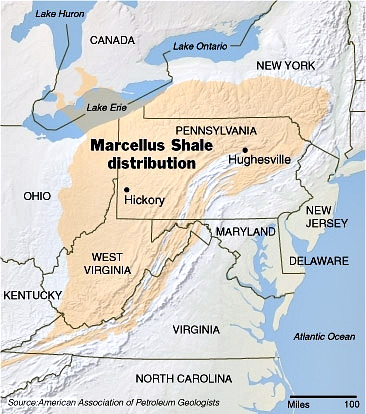Editor’s note: The following document was furnished to WTS.com by Chicago professional real estate appraiser, Michael S. McCann, CRA. Click here for the entire report and here for another of his reports.
·
—Michael S. McCann, CRA
McCann Appraisal, LLC
Chicago, Illinois
·
Summary
1. Residential property values are adversely and measurably impacted by close proximity of industrial-scale wind energy turbine projects to the residential properties, with value losses measured up to 2-miles from the nearest turbine(s), in some instances.
2. Impacts are most pronounced within “footprint” of such projects, and many ground-zero homes have been completely unmarketable, thus depriving many homeowners of reasonable market-based liquidity or pre-existing home equity.
3. Noise and sleep disturbance issues are mostly affecting people within 2-miles of the nearest turbines and 1-mile distances are commonplace, with many variables and fluctuating range of results occurring on a household by household basis.
4. Real estate sale data typically reveals a range of 25% to approximately 40% of value loss, with some instances of total loss as measured by abandonment and demolition of homes, some bought out by wind energy developers and others exhibiting nearly complete loss of marketability.
5. Serious impact to the “use & enjoyment” of many homes is an on-going occurrence, and many people are on record as confirming they have rented other dwellings, either individual families or as a homeowner group-funded mitigation response for use on nights when noise levels are increased well above ambient background noise and render their existing homes untenable.
6. Reports often cited by industry in support of claims that there is no property value, noise or health impacts are often mischaracterized, misquoted and/or are unreliable. The two most recent reports touted by wind developers and completed in December 2009 contain executive summaries that are so thoroughly cross-contingent that they are better described as “disclaimers” of the studies rather than solid, scientifically supported conclusions. Both reports ignore or fail to study very relevant and observable issues and trends.
(more…)

